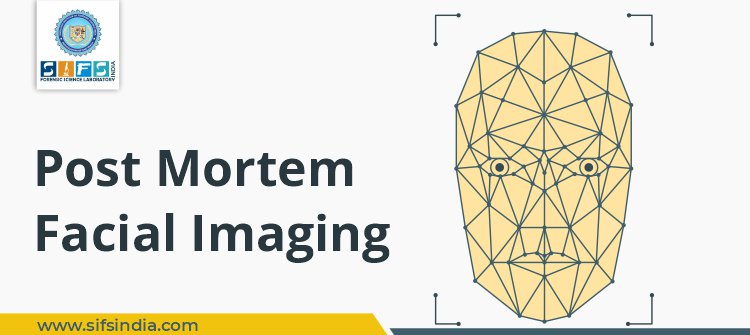Postmortem facial imaging services involves the process of using a software-driven solution to create the faces of unidentified human remains.
During this process, the forensic facial imaging experts combine their artistic skills with digital tools to develop media-ready images that law enforcement investigators and other organizations can use to generate leads about the person’s identity.
There are two popular methods for creating postmortem images, and both have proven to be effective in helping solve cold-case murders and suspicious or unattended deaths.
Facial Approximation/Skull Reconstruction: Soft-tissue or landmark facial features are constructed onto a skull to approximate the facial appearance of an unidentified deceased person as they may have appeared in life. This facial reconstruction, when supplemented with the latest DNA profiling information, becomes an even more powerful identification tool.
Our forensic facial artists use a combination of traditional drawing techniques with the latest available photo editing and 3-D sculpting software. Using information supplied by medical experts and scientists, we can approximate a person’s appearance in both two-dimensional (from skull photographs) and three-dimensional formats (3D laser scanning or CT scan files).
Post-mortem Identification: It involves repairing photographs of an unknown deceased person with soft-tissue trauma or other facial injuries by our forensic facial imaging experts. Traditional artistic methods are blended with popular photo-editing software programs to provide law enforcement agencies with media-ready facial images that can help lead to the identification of the unknown.
Media-Ready Facial Imaging Services Our Organization Provides:
Traumatic Injury Repair (Soft-Tissue Damage): In this, we repair and reconstruct facial injuries resulting from trauma to restore a natural and undamaged appearance to facial images.
Reconstructing or Repairing Landmark Facial Features: In this, we reconstruct key facial landmarks that may be damaged in photographs for an accurate representation of the facial structure for legal use.
Eyes Opening: In this, partially or fully closed eyes can be digitally opened and enhanced for a more realistic and clear facial depiction.
Fixing Hairstyles: We can digitally alter or repair hairstyles in facial images to match the current look and provide an accurate representation of the subject’s appearance.
Adding Clothing: Clothing can be inserted or the existing attire can be adjusted to create an image that accurately reflects the subject’s appearance for investigative purposes.
There is no limit to what we can achieve with our advanced imaging software. To learn in detail about the entire media-ready facial imaging procedure and how we can assist with your specific requirements, contact our expert team.


